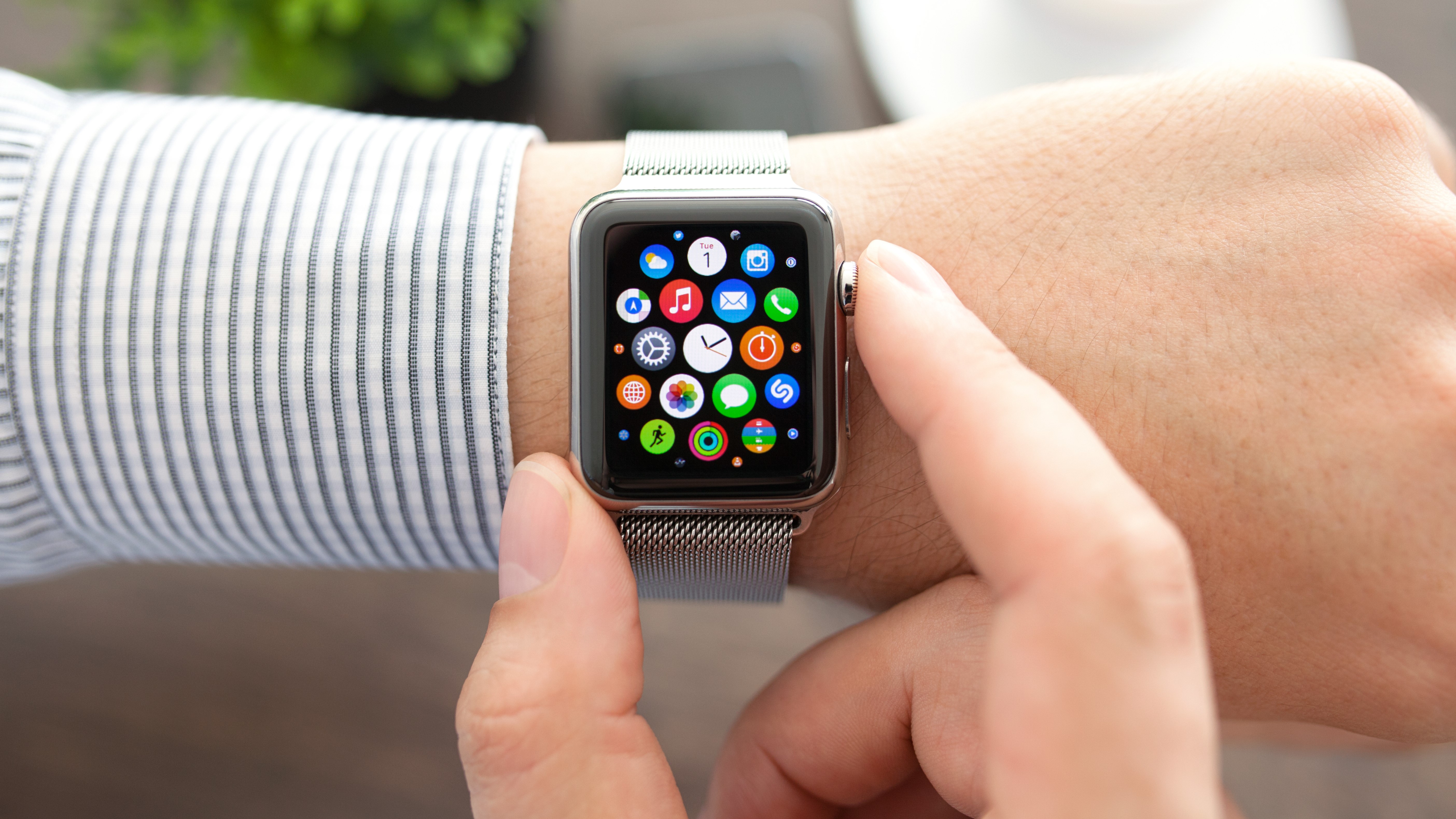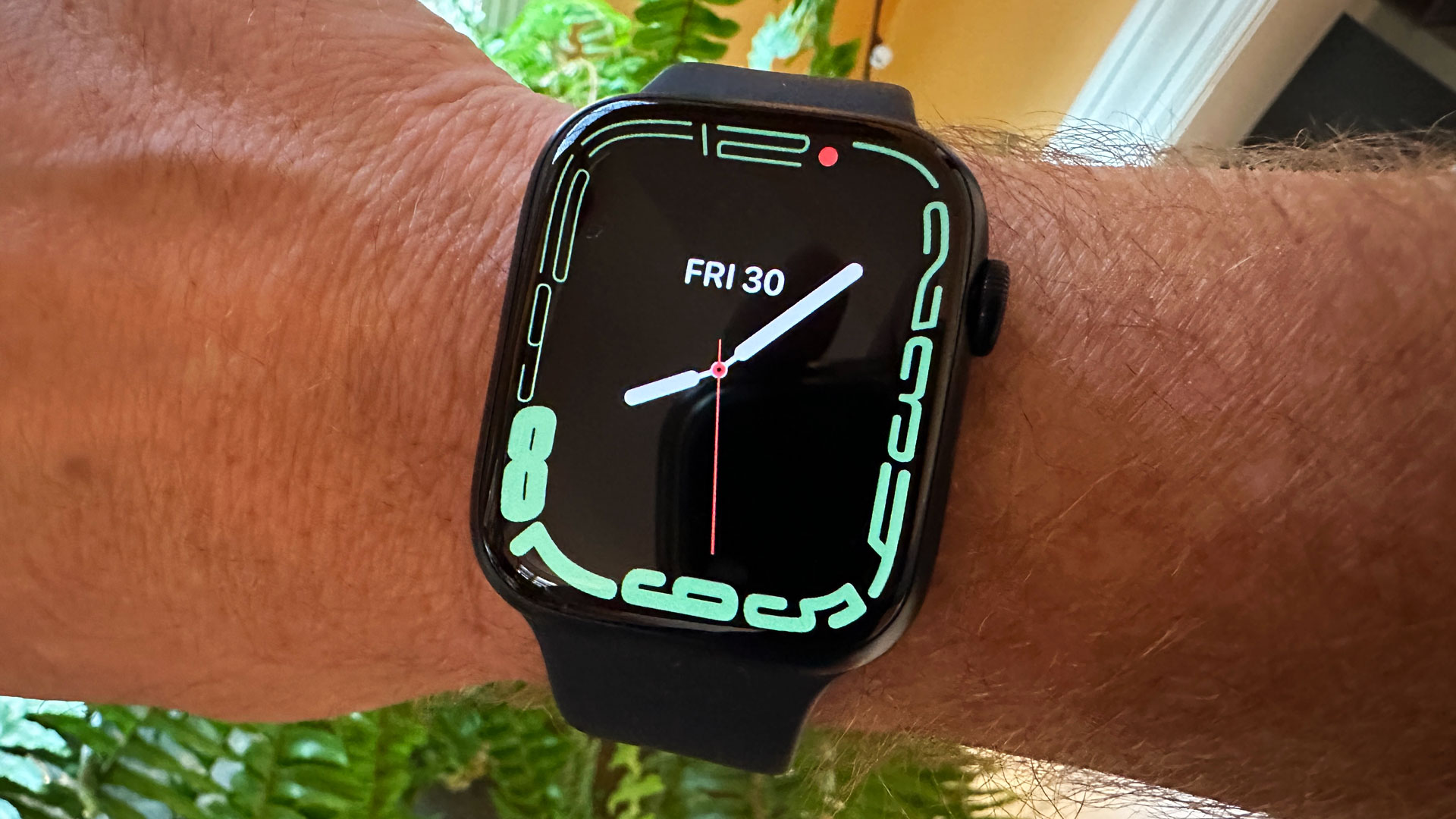Apple just made it harder to sleep through your Apple Watch’s alarms
Good news and bad snooze

Apple has released watchOS 9.4, an update to its watchOS 9 operating system for the Apple Watch, and its biggest change is making it harder to hit ‘snooze’ on your Watch in the morning.
The best Apple Watch models allow you to switch on ‘Cover to Mute’ in the ‘Sound and Haptics’ section of your settings, which allows you to mute calls and alarms by simply covering the face of the watch with an open hand. It’s a useful feature, and allows you to quickly silence the watch in public situations; no one wants to spend time fiddling with a loud watch in the library, for example.
However, people who use these settings have also been able to silence their wake-up alarms prematurely, and occasionally, by accident. If you sleep with your watch face covered by a hand, or a blanket, there’s a chance you may miss your alarm altogether. watchOS 9.4 removes the feature for your wake-up alarms set in Sleep Focus mode, so you have to turn it off using the touchscreen, or the watch’s digital crown.
This reduces the chances of missing your morning alarms, and increases your chances of making it to work on time.
watchOS 9.4 also expands the AFib History and Cycle Tracking features to new regions. AFib History, which provides a comprehensive look at your historic heart health, is now available to users in Colombia, Malaysia, Moldova, Thailand, and Ukraine. Cycle Tracking’s ovulation estimates and cycle deviations, which help you estimate and identify the timing of your next menstrual cycle, is now supported in Moldova and Ukraine.
9.4 is expected to be one of the last updates to watchOS 9, as Apple tends to unveil a new iteration of watchOS around summertime (in the US) each year.

Analysis: an alarming update
It’s a classic case of an otherwise useful feature presenting an unforeseen drawback, that then needs to be tweaked after release. It’s good that Apple has identified this issue, but we’re willing to bet that the majority of Apple Watches, which have an 18-hour battery life, aren’t always being used to track sleep.
Sign up for breaking news, reviews, opinion, top tech deals, and more.
Only the Apple Watch Ultra, with its hefty 36-hour battery life, can go more than a day without needing to be charged. An Oura Ring or the best Fitbit models, on the other hand, will last about a week, so users are more likely to go to bed with it on.
We’re willing to bet Apple is working hard on extending the battery life for the next iteration of the Apple Watch, increasing the likelihood of it being used to track sleep. If so, it makes sense to solve any potential problems that occur while wearing the watch overnight at this stage, before the impending release of watchOS 10 and the Apple Watch 9 later this year.
How do I upgrade my Apple Watch to watchOS 9.4?
The watchOS 9.4 upgrade is free and available to anyone using an Apple Watch 4 or newer. Ensure the Apple Watch is on its charger, then open the Watch app on your phone. Access the My Watch tab, General and then Software Update.

Matt is TechRadar's expert on all things fitness, wellness and wearable tech.
A former staffer at Men's Health, he holds a Master's Degree in journalism from Cardiff and has written for brands like Runner's World, Women's Health, Men's Fitness, LiveScience and Fit&Well on everything fitness tech, exercise, nutrition and mental wellbeing.
Matt's a keen runner, ex-kickboxer, not averse to the odd yoga flow, and insists everyone should stretch every morning. When he’s not training or writing about health and fitness, he can be found reading doorstop-thick fantasy books with lots of fictional maps in them.